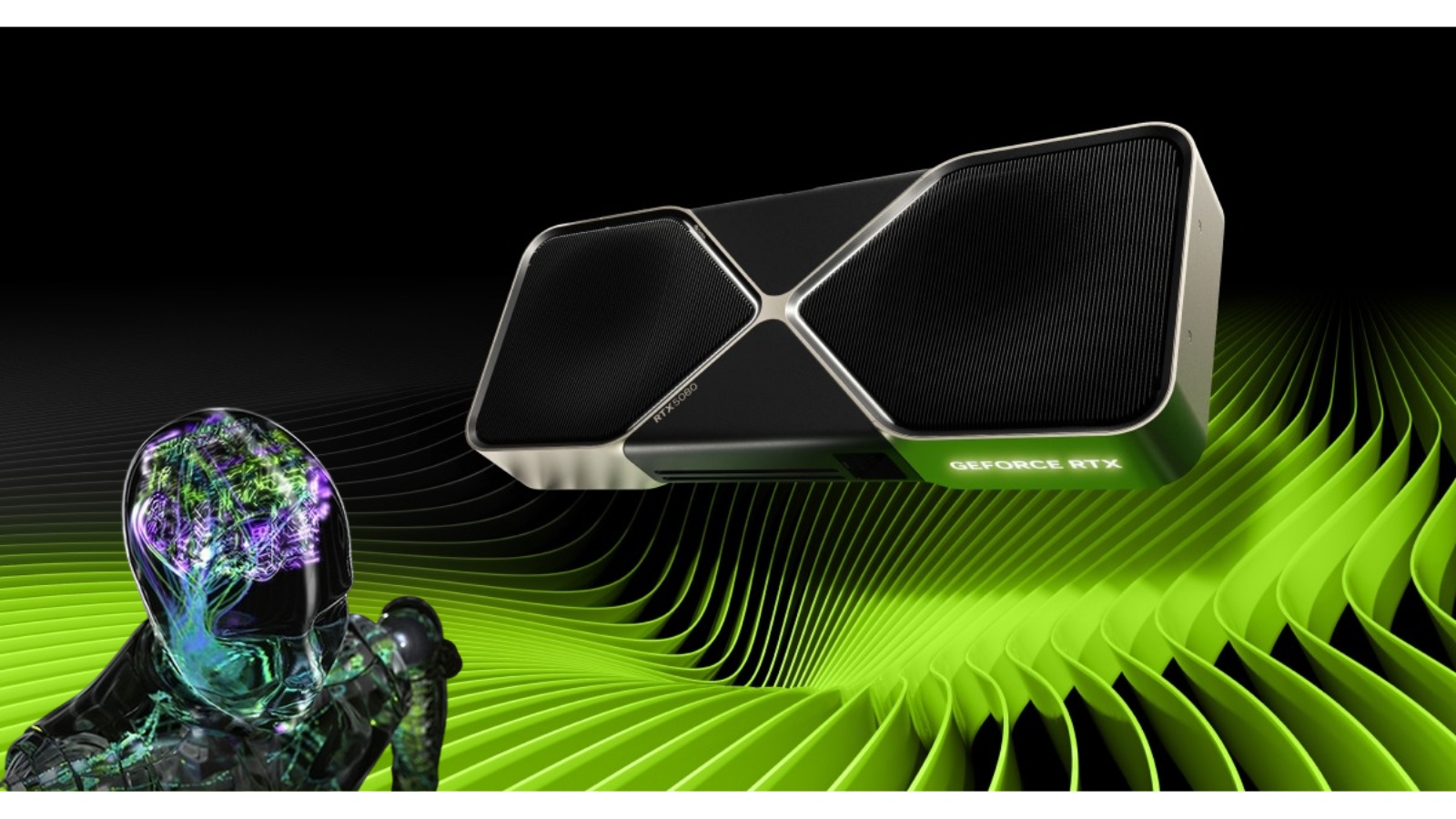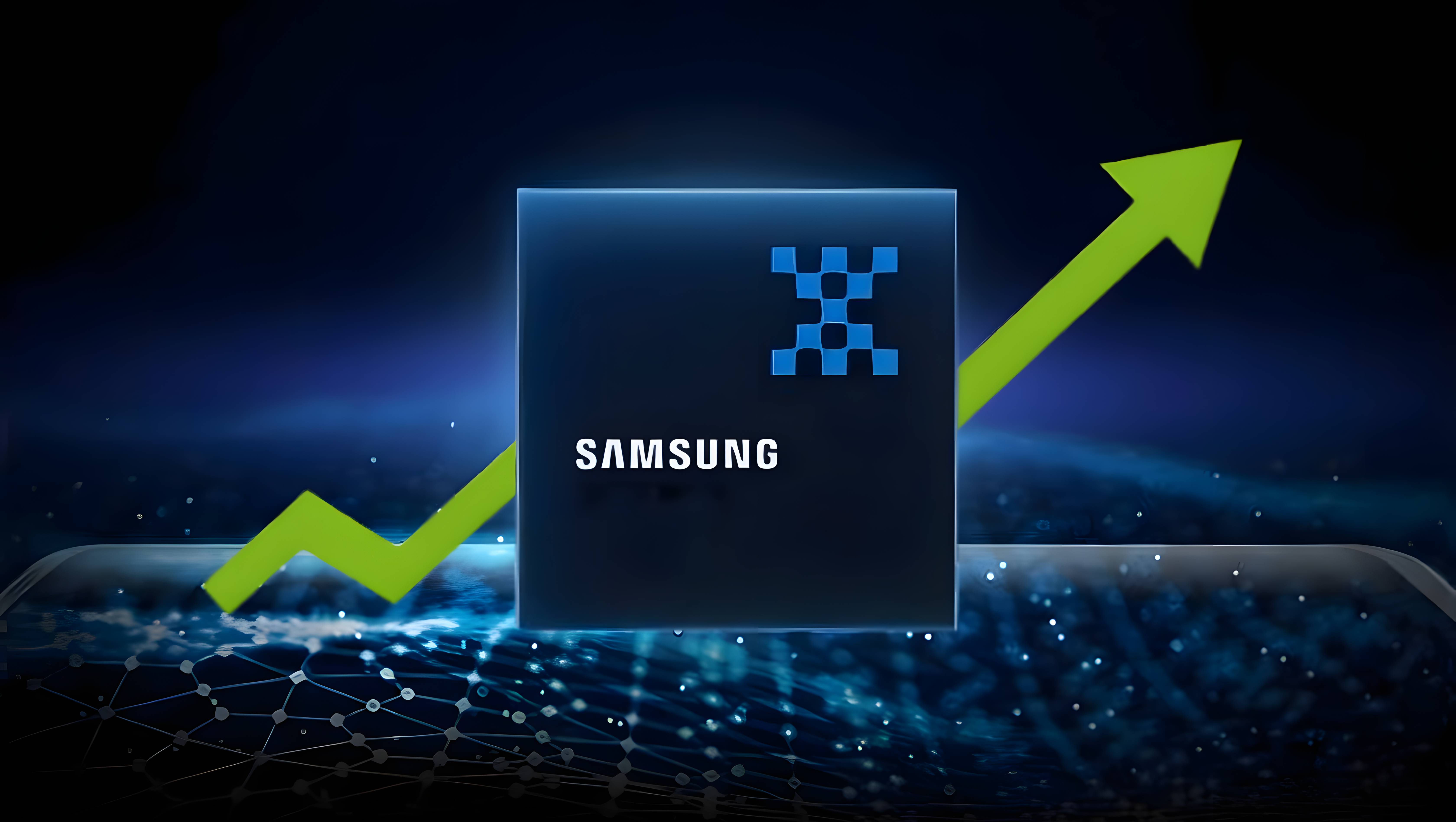- AMD seems to be working to close the performance and AI capabilities gap with Nvidia.
- It is creating neural solutions for real-time path tracing, integrating denoising and upscaling.
- RDNA 4, launching in 2025, is expected to enhance gaming performance and AI capabilities.
Nvidia controls a large portion of the GPU industry because of its features and performance. AMD still needs to catch up to its advanced AI (Artificial Intelligence) and machine learning-based capabilities, particularly in the consumer sector. The business intends to change that as quickly as possible.
Why it matters: These developments reflect AMD’s efforts to compete with Nvidia in the GPU market. By using advanced neural network solutions, AMD aims to enhance visual quality and performance for gamers.
AMD is presently developing neural network solutions to enable real-time path tracing on RDNA GPUs, per a post on GPUOpen. Nvidia employs its own DLSS for AI-powered image upscaling. However, DLSS has evolved to encompass more than just “Deep Learning Super Sampling”; it now includes DLSS 3.5 ray reconstruction, DLSS 3 frame generation, and DLSS 2 upscaling.

Each pixel in path tracing typically requires hundreds or even tens of thousands of ray calculations. To perform path tracing in real-time, the number of samples per pixel must be significantly reduced. This causes more noise since light beams often miss some pixels, resulting in partial illumination that needs to be denoised.
AMD wants to solve this by using a neural network that can reconstruct a scene while also performing denoising. AMD path-traced will use a few samples per pixel, aiming to achieve comparable results to Nvidia’s.
AMD’s integration of denoising and upscaling into a single neural network is innovative. This method “produces premium denoised and supersampled images at a higher display resolution than render resolution for real-time path tracing.”
The study may result in a new iteration of FSR (FidelityFX Super Resolution) that meets Nvidia’s performance and visual quality requirements. AI acceleration features are typically absent from AMD’s current GPUs. However, in the case of RDNA 3, there are AI accelerators, but they are more suited for AI workloads.
It’s unclear if AMD can use existing GPUs to run a neural network for upscaling and denoising or if additional processing clusters, such as tensor units, will be needed.
If current technology allows a future iteration of FSR to run on all GPUs, this might be possible, but it might also restrict the algorithm’s quality and other features. That being said AMD CEO also just officially announced RDNA 4 during its Q3 2024 Earnings Call.
According to Lisa Su, RDNA 4 architecture is the foundation for our next-generation Radeon lineup. Apart from the notable improvement in gaming performance, RDNA 4 offers new AI capabilities and better ray tracing performance scheduled for 2025.
Thank you! Please share your positive feedback. 🔋
How could we improve this post? Please Help us. 😔
[News Reporter]
Malik Usman is student of Computer Science focused on using his knowledge to produce detailed and informative articles covering the latest findings from the tech industry. His expertise allows him to cover subjects like processors, graphics cards, and more. In addition to the latest hardware, Malik can be found writing about the gaming industry from time to time. He is fond of games like God of War, and his work has been mentioned on websites like Whatculture, VG247, IGN, and Eurogamer.




